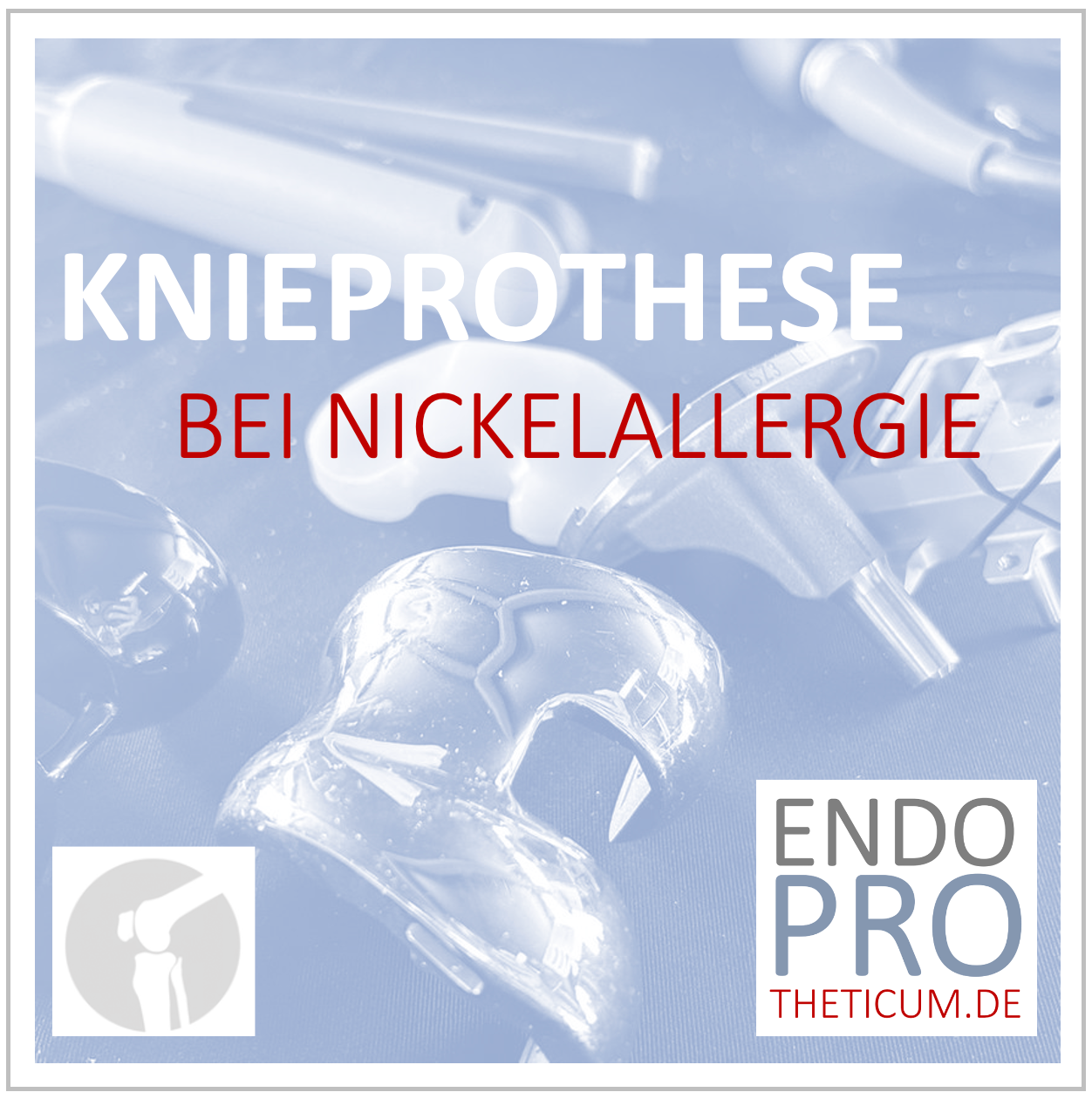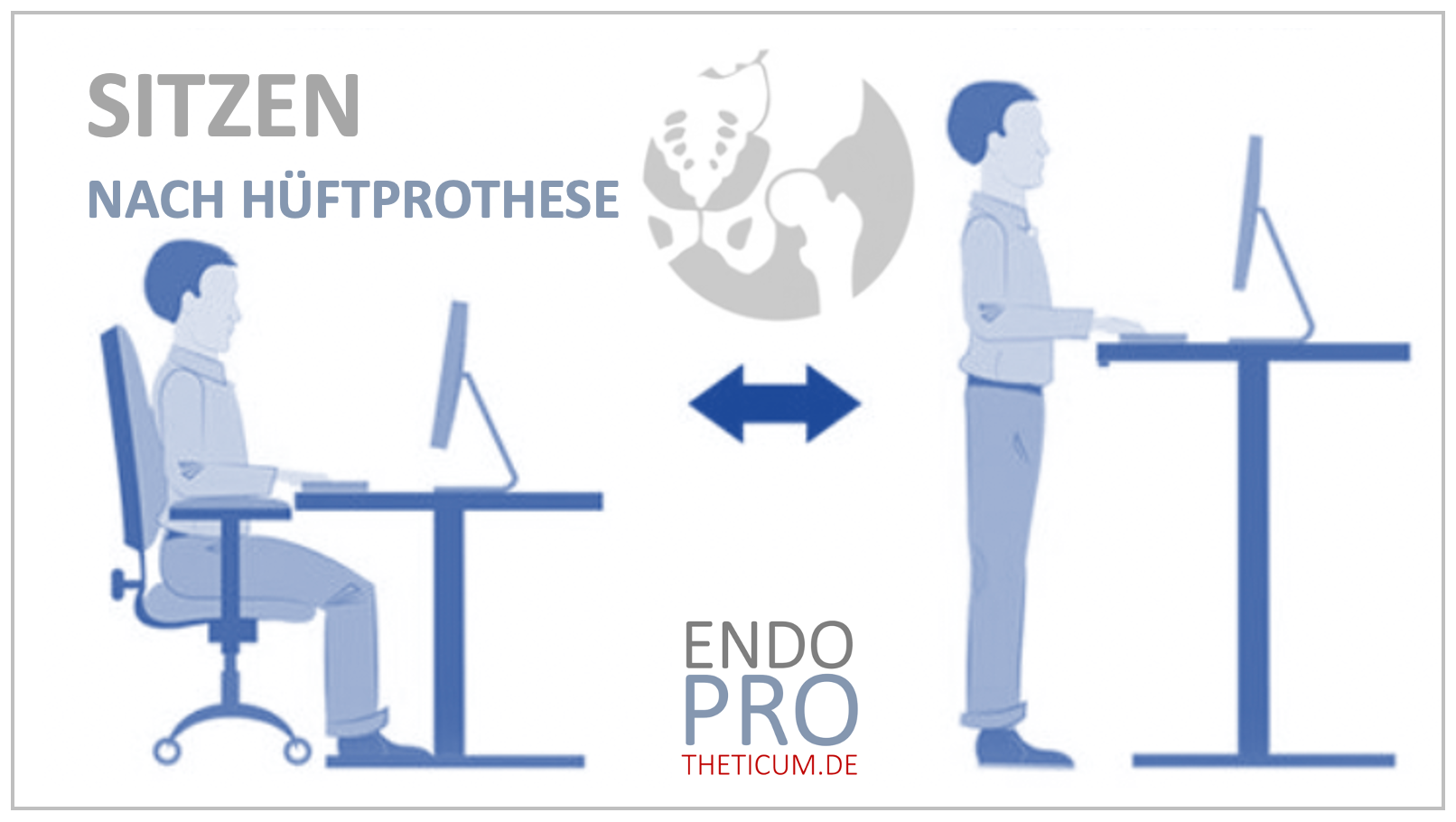ALMIS method and short shaft - perfect combination on the hip
Minimally invasive approach to the hip: ALMIS method and short-stem prosthesis

Modern endoprosthetics have developed significantly over the last few decades. One of the latest innovations is the ALMIS method (Anterolateral Minimally Invasive Access), which has developed into a proven technique in combination with short-stem prostheses. This combination offers an optimal solution for patients who need to undergo hip replacement surgery. In this article you will learn everything about the ALMIS method, the advantages of short-stem prostheses and why this approach is considered the future of hip arthroplasty.
What is the ALMIS method?
The ALMIS method represents a minimally invasive approach to the hip via the anterolateral approach. This surgical approach does not require separation of muscles or tendons, reducing postoperative pain and speeding rehabilitation.
Advantages of the ALMIS method
Less tissue damage: The muscle remains intact, resulting in fewer complications.
Faster mobilization: Patients can often get up on the same day.
Shorter hospital stays: The minimally invasive approach shortens healing time.
Improved stability: The joint remains stable because muscle function is preserved.
What is ALMIS access?
The ALMIS approach is a surgical procedure performed through an anterolateral incision. This approach was specifically designed to protect muscle structures such as the gluteus medius and gluteus minimus, thereby ensuring faster recovery and better functionality after hip surgery.
In contrast to traditional surgical approaches, the ALMIS approach allows precise placement of the prosthesis without large-scale transection of muscles or tendons. This is particularly advantageous when implanting a short-shaft prosthesis.
ALMIS access technology
Incision: A skin incision is made at an angle of approximately 10-12 cm along the front thigh, close to the hip.
Muscle protection: Due to the anterolateral position, no important muscles are directly cut. Instead, the access is between the muscles (intermuscular) or along their fibers (interfascial).
Protection of nerve structures: The technique minimizes the risk of damage to sensitive nerves such as the femoral nerve or the superior gluteal nerve.
Precise implantation: The ALMIS approach positions the prosthesis precisely, reducing the risk of complications such as dislocations.
Benefits of ALMIS access
Shorter operation time and faster healing:
Thanks to its minimally invasive nature, the ALMIS approach enables rapid postoperative mobilization. Many patients are able to stand up and walk just a few hours after surgery.
Muscle and tissue protection:
Avoiding the need to cut large areas of muscle leads to less pain and better muscle preservation, which is particularly important for physically active or younger patients.
Reduction of complications:
With the ALMIS approach, the risk of postoperative instability or dislocation is reduced because important soft tissue structures remain intact.
Improved Aesthetics:
The smaller skin incision leaves a minimally visible scar, which is cosmetically beneficial for many patients.
Areas of application of ALMIS access
Short-shaft prostheses: The ALMIS approach is ideal for the implantation of short-shaft prostheses, which are particularly used in younger, more active patients with high bone density.
Revision operations: The ALMIS approach also offers clear advantages for demanding procedures, such as the replacement or revision of hip prostheses.
Early arthrosis or joint-preserving interventions: This method is also ideal for patients with less advanced arthrosis.
Limitations and challenges
Despite its numerous advantages, ALMIS access is not always the method of choice. Patients with severe deformities, severe obesity, or limited mobility of the hip joint may benefit from other approaches. Here the surgeon decides individually.
The ALMIS approach revolutionizes hip arthroplasty through its minimally invasive, tissue-sparing approach. This method opens up completely new dimensions in patient care, especially in combination with a short-shaft prosthesis. Fast rehabilitation, improved functionality and less postoperative discomfort make it one of the most advanced approaches in orthopedics today.
What is a short stem prosthesis?
A short-shaft prosthesis is an innovative variant of the hip joint prosthesis that was specifically developed for younger and active patients. In contrast to conventional prostheses, it requires less bone material for anchoring.
Properties of the short stem prosthesis
Less invasive: Minimal bone cutting.
Optimal bone integration: Especially for long-term stability.
Flexibility: Adaptable to different anatomical conditions.
Indications
Younger patients with high activity levels.
Good bone quality.
Patients with high demands on functionality.
Advantages of combining ALMIS and short shaft
The combination of the ALMIS method and short-stem prostheses offers many advantages that benefit patients.
1. Less postoperative pain
Thanks to the muscle-sparing approach of the ALMIS method and the minimally invasive technique of the short-shaft prosthesis, patients report less pain.
2. Faster rehabilitation
Patients can be mobilized earlier, which means the healing phase is quicker.
3. Natural range of motion
The bone-sparing approach allows natural mobility to be restored more quickly.
4. Longer lasting results
The long-term prognoses show that short-shaft prostheses in combination with the ALMIS method achieve higher patient satisfaction.
Anatomy of the hip and the importance of short-stem prostheses
To understand the benefits of the ALMIS method and the short stem prosthesis, it is important to know the anatomy of the hip.
Hip anatomy
The hip consists of the thigh bone (femur) and the socket (acetabulum). In diseases such as osteoarthritis, the joint cartilage is destroyed, which leads to pain and restricted movement.
Why short-shaft prostheses are optimal here
Preservation of the bone structure of the femur.
Adaptation to natural anatomy.
Improvement of load distribution in the joint.
Postoperative rehabilitation with the ALMIS method
Rehabilitation begins immediately after surgery.
Phase 1: First days after surgery
Early mobilization: getting up on the first day.
Pain management: Use of pain medications as needed.
Phase 2: Weeks 1-6
Physiotherapy: Focus on range of motion exercises.
Avoiding incorrect strain: correct walking technique with walking aids.
Phase 3: Months 2-6
Increase in load.
Gradual return to normal activities.
Why the combination of ALMIS and short shaft is the future
The ALMIS method in combination with short-shaft prostheses offers numerous advantages and has established itself as one of the best techniques. The innovative technology, the muscle-sparing approach and the excellent rehabilitation options make it the first choice for many patients.
Conclusion
The combination of ALMIS and short stem is a revolution in endoprosthetics. It offers patients a safe, effective and sustainable solution to hip disorders. If indicated and implemented correctly, this method is undoubtedly one of the best options for hip surgery.
MAKE AN APPOINTMENT?
You are welcome to make an appointment either by phone or online .



























